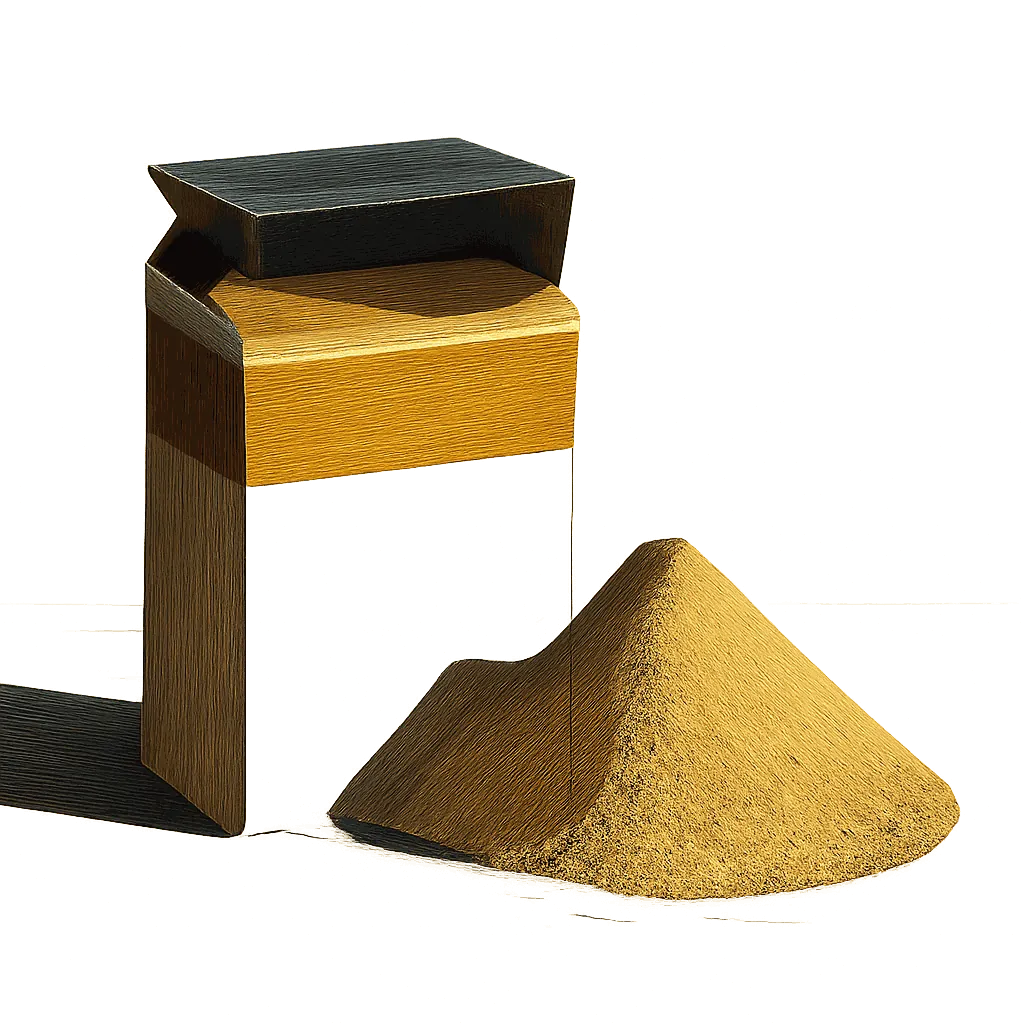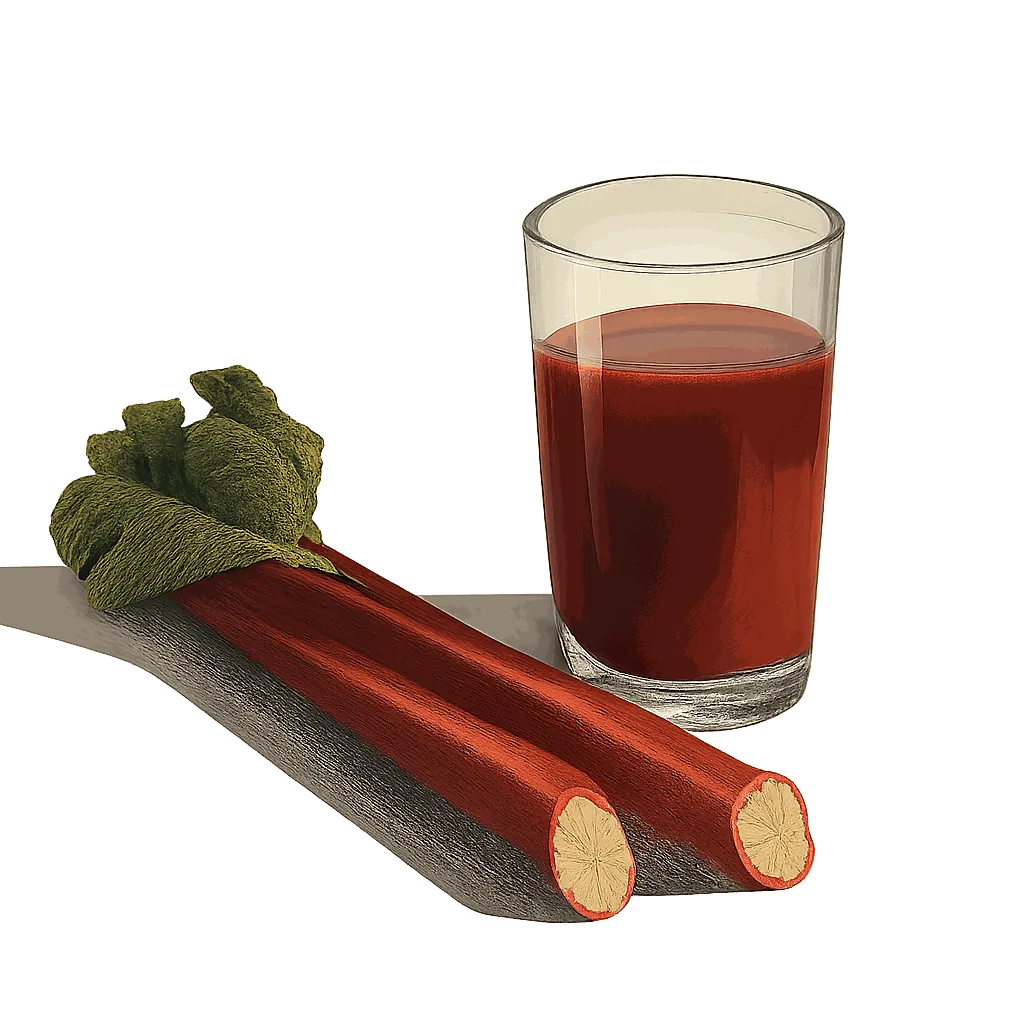Perfect Pairings & Recipes for
Dried Active Yeast

Exquisite dried active yeast flavour pairings and recipes, revealed through data science.
Bready aroma and glutamic notes are at the forefront of dried active yeast's flavour profile, but identifying its perfect partner requires exploring its subtle nuances. We must examine the complex interplay of notes within its bouquet, like toast, malt, and hints of protease. We need to understand how these notes affect each other and which complementary flavors they harmonise with.
To map these harmonies, we analysed thousands of ingredients, breaking each one down across 150 flavour dimensions, identifying which notes complement and contrast. Our exploration reveals, for instance, how the herbal, warm thymol in oregano can awaken dried active yeast, and how sage's rosmarinic notes forge a beautiful synergy with its bready aroma.
Flavour Profile Of Dried Active Yeast Across 150 Dimensions Of Flavour
Flavour wheel chart showing the dominant flavour notes of Dried active yeast: Yeasty, Glutamic, Maltol, Toasted, Lactic, Proteolytic, Brettanomyces, Sulfurous, Caramel
An ingredient's flavour stems from its core characteristics, such as maillard, acidic, or nectarous, combined with layers of subtle flavour notes (outer bars). For a balanced dish, pair ingredients with a variety of core flavours, and choose complementary aroma notes for harmony.
Unlocking Flavour Combinations
To understand how flavour notes harmonise, we analysed more than 50,000 popular ingredient combinations. By exploring these pairings, we identified specific flavour notes that frequently occur together, indicating they share a harmonious relationship.
The Flavours That Harmonise With Yeasty Notes
Strength of Association Between Flavours
The flavours most associated with yeasty notes are: Rosemary, Sage, Sesame, Oleic, Pine, Peppercorn, Thyme, Bay leaf, Olive, Balsam, Lactic, Camphor, Seedy, Tomato, Eucalyptus.
Our analysis shows that the flavour of yeast is strongly associated with the flavour of rosemary. This suggests we should look for ingredients with a rosemary flavour, such as sage, when pairing with the yeasty notes of dried active yeast.
The recipes below provide inspiration for pairing dried active yeast with sage.
Harmonious Flavours Of Dried Active Yeast
Just as our statistical analysis showed that yeast and rosemary flavour notes are often used together, we can identify the full profile of flavours that harmonise with each of the flavour accents present in dried active yeast. For instance, the glutamic notes of dried active yeast are strongly associated with basil-like and green notes.
The aroma notes complementary to the various aroma accents of dried active yeast can be seen highlighted in the pink bars below.
Flavour Profile Of Dried Active Yeast And Its Complementary Flavour Notes
Flavour wheel chart showing the dominant flavour notes of Dried active yeast: Yeasty, Glutamic, Maltol, Toasted, Lactic, Proteolytic, Brettanomyces, Sulfurous, Caramel
Matching Flavour Profiles
The flavour profile of oregano offers many of the notes complementary to dried active yeast, including thyme and rosemary aromas. Because the flavour profile of oregano has many of the of the features that are complementary to dried active yeast, they are likely to pair very well together.
Prominent Flavour Notes Of Oregano Are Represented By Longer Bars
Flavour wheel chart showing the dominant flavour notes of Oregano: Resinous, Thyme, Rosemary, Basil, Sage, Camphor, Eucalyptol, Bay leaf, Balsam, Poivre, Pine, Fennel, Hay, Menthol
The chart above shows the unique profile of oregano across 150 dimensions of flavour, while the recipes below offer inspiration for bringing these flavours together with dried active yeast.
Recipes That Pair Dried Active Yeast With Oregano
Linked Flavour Notes
Looking at the aroma notes that are most strongly associated with the various flavours of dried active yeast, we can identify other ingredients that are likely to pair well.
Dried Active Yeast's Harmonious Flavours And Complementary Ingredients
Dried active yeast's Strongest Flavours
Complementary Flavours
Ingredients with Complementary Flavours
Flavour groups:
Nectarous
Acidic
Herbal
Spice
Vegetal
Maillard
Earthy
Woody
Carnal
The left side of the chart above highlights the aroma notes of dried active yeast, along with the complementary aromas associated with each note. While the right side shows some of the ingredients that share many of the aroma notes complementary to dried active yeast.
What To Drink With Dried Active Yeast
The graphite notes in faugères make it a perfect pairing with dried active yeast. Likewise, the bay leaf flavours in carmenere create a match made in heaven. Explore a variety of ingredients below that beautifully complement the unique character of dried active yeast below.
Which Fruit Go With Dried Active Yeast?
Choose fruit that anchor its tanginess or ground its creamy sweetness. Pomegranate molasses and dried fruit offer vibrant, clean counterpoints, their verdant freshness lifting the palate. Dried cherry add a gentle, oniony brightness, while raisin introduces a sophisticated, anise-tinged elegance.
Alternatively, embrace fruit that harmonise with dried active yeast's yeastiness. The addition of pear, with its subtle rosmarinic notes, can complement the yeast beautifully, while raspberry jam lends a earthy minerality.
How Flavonomics Works
We've pioneered a unique, data-driven approach to decode the intricate art of flavour pairing. Our goal is to move beyond intuition and uncover the science of why certain ingredients harmonise beautifully. This rigorous methodology allows us to provide you with insightful and reliable pairing recommendations.
Our analysis begins with over 50,000 carefully selected recipes from acclaimed chefs like Galton Blackiston, Marcello Tully, and Pierre Lambinon. This premium dataset ensures our model distils genuine culinary excellence and creativity.
Each ingredient from these recipes is deconstructed across 150 distinct flavour dimensions, creating a unique numerical "flavour fingerprint." This quantification allows us to apply advanced analytical methods to identify complex patterns between flavour notes.
We identify popular ingredient combinations that frequently appear in our recipe database. Regression analysis is then performed on these pairings to statistically validate and pinpoint truly harmonious flavours.
These insights drive our predictive model, which allows us to take any ingredient (e.g., Dried active yeast), analyse its detailed flavour profile, and accurately reveal its complementary flavours and perfect ingredient partners.
Explore More
Discover more ingredient profiles and expand your culinary knowledge. Each ingredient page offers detailed analysis of flavour profiles, pairing insights, and culinary applications.
The content on our analysis blog is semi-automated. All of the words were manually written by a human, but the content is updated dynamically based on the data.


